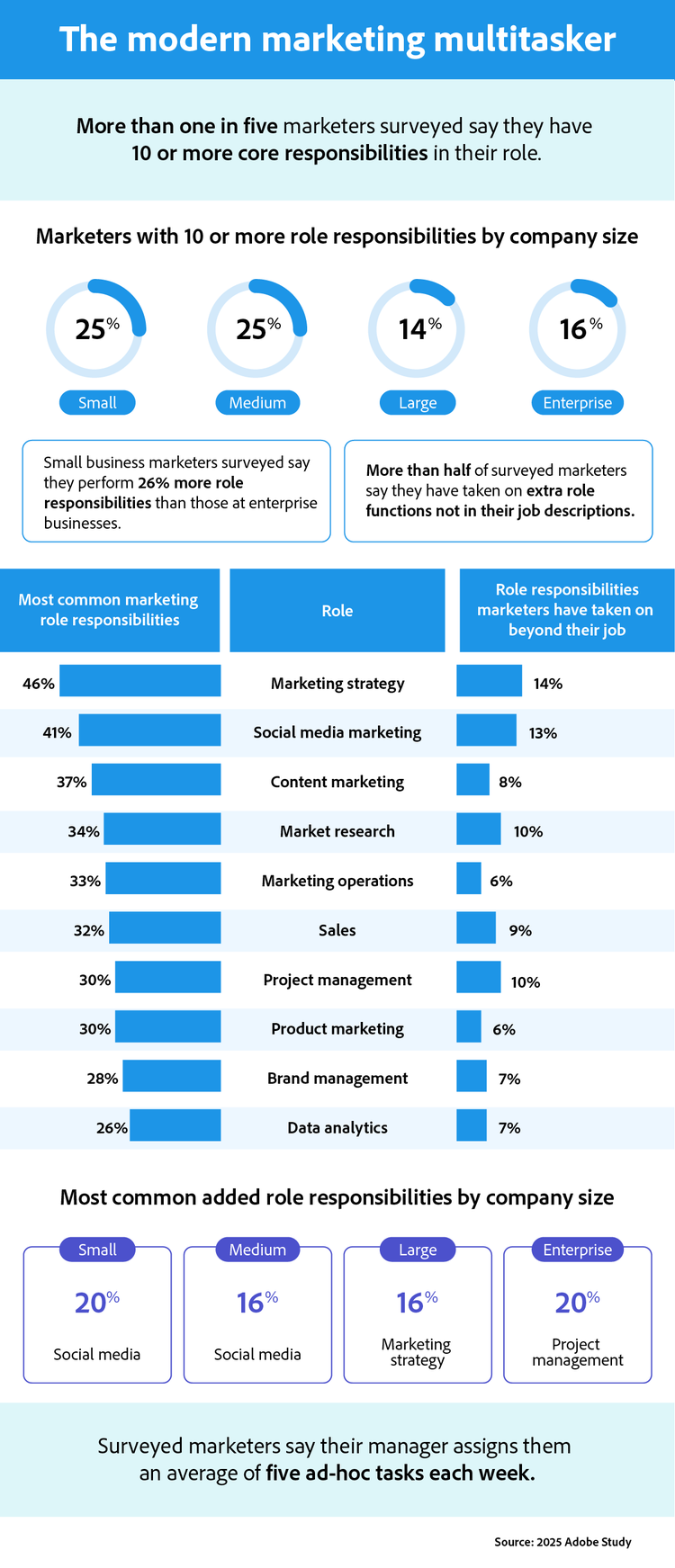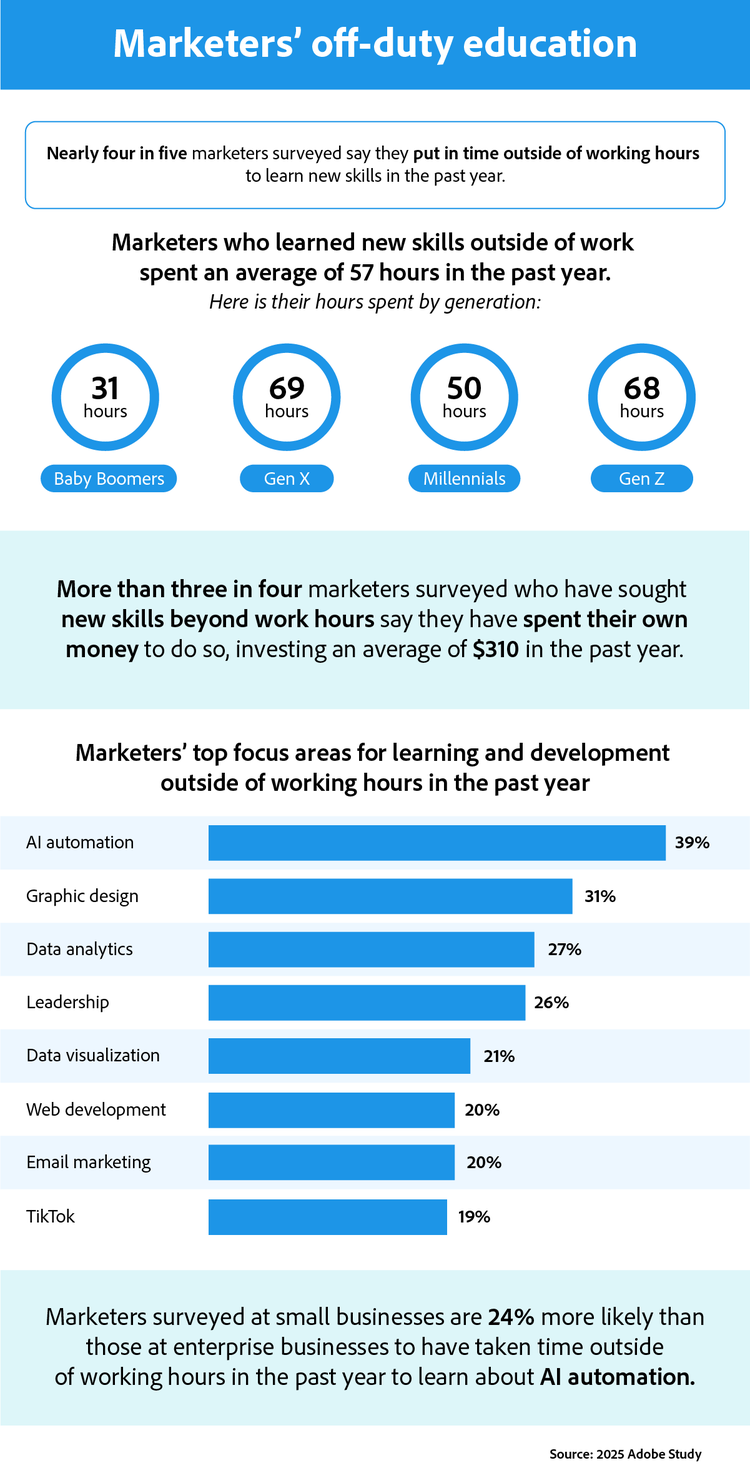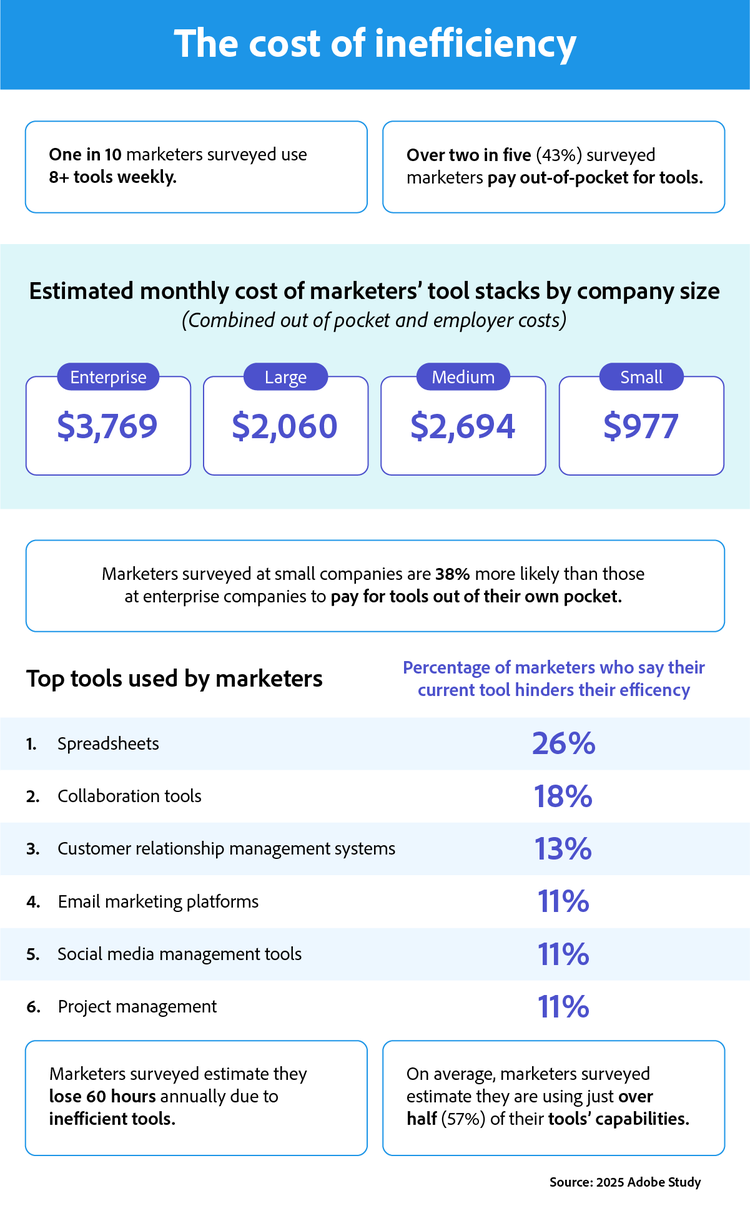Despite operational challenges, content marketing remains essential for engaging audiences across the funnel. The key lies in choosing the right content types for your goals and distribution channels:
Blogs
Best for: SEO, education, thought leadership
Blog content helps brands attract organic traffic, share insights, and build credibility. It’s one of the most versatile and cost-effective forms of content marketing. To drive impact:
- Focus each post on a single, well-defined topic.
- Use structured formatting (headings, bullets, short paragraphs).
- Mix short- and long-form content to address different user intents.
- Optimize for search engines and internal linking.
Well-executed blog content supports all funnel stages — from awareness to conversion — and often acts as a source for repurposing into other formats.
Video
Best for: Product demos, brand storytelling, customer engagement
Video content is highly effective for communicating complex ideas, evoking emotion, and driving conversions. Short-form videos on platforms like TikTok, YouTube Shorts, and Instagram Reels are ideal for social distribution, while longer videos can power product pages or campaign landing pages. Use video to:
- Show product features in action.
- Capture customer testimonials.
- Announce new offerings or initiatives.
- Humanize your brand through behind-the-scenes or team spotlights.
With proper planning, a single video can fuel multiple derivative assets — social clips, blog embeds, email snippets, and more.
Podcasts
Best for: Building trust, long-form storytelling, niche audiences
Podcasting allows brands to connect through audio-first storytelling. Branded podcasts can explore industry trends, customer stories, or thought leadership topics in a conversational format. You can:
- Launch your own series to engage a loyal following.
- Appear as a guest on relevant third-party podcasts to expand reach.
Podcasts are especially effective in industries where commuting, multitasking, or screen fatigue are common — think B2B, tech, finance, and education.
Best for: Real-time engagement, community building, content amplification
Social media content supports awareness and engagement at scale. Brands use platforms like LinkedIn, X, Instagram, Facebook, TikTok, and Pinterest to share updates, interact with followers, and drive traffic. Smart social content:
- Adapts to each platform’s norms and formats.
- Encourages interaction (polls, questions, challenges).
- Promotes cross-channel discovery (link to blogs, videos, gated assets).
Both organic and paid social content can drive measurable results but consistency, creativity, and timing are key.
Infographics
Best for: Data visualization, quick learning, shareability
Infographics turn complex data or processes into digestible visuals. They’re effective in both B2B and B2C contexts — whether summarizing a research study, explaining a workflow, or highlighting key stats in a campaign. Use infographics to:
- Break down survey results or benchmarks.
- Create product comparison visuals.
- Support long-form content with visual storytelling.
You can also crop infographics into smaller assets for use in social media, emails, or presentations — maximizing their lifespan and visibility. Tools like Adobe Express make it even easier to create quality infographics in less time.
Interactive content
Best for: Engagement, lead generation, personalized experiences
While static visuals convey information quickly, interactive content offers even deeper engagement and insight, especially for B2B experiences that demand personalization. Interactive formats, such as quizzes, calculators, and assessments encourage users to actively participate. These tools collect valuable insights and can guide prospects toward relevant solutions. Examples include:
- ROI calculators for enterprise buyers.
- Product selectors for e-commerce shoppers.
- Skills assessments for professional training.
Interactive content bridges marketing and experience, and is especially useful for personalized content journeys.






